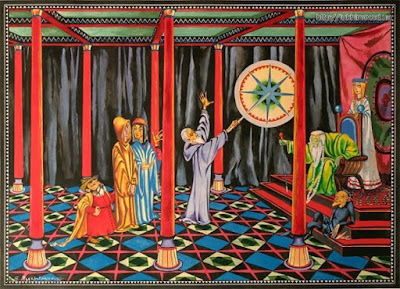One of my long carried over projects is to make a game or D&D adaptation whose entire spell list is taken from pokemon. Basically to take the list of Gen 1 - pokèmon moves (back from when there were 151 of them) and rework them into spells.
Many of them are explicit on their effects (flamethrower). Some of them might require some explanation, and some of them, which are redundant (Thunder, thunder punch, thunder shock, thunder wave and thunderbolt), can be reworked into more interesting things, so they are the place in which I can get creative with non-combat effects (for example, thunder wave might be used to magnetically seal a gate or whatever)
The great thing about this is that it feels a really new start, not based in the D&D list, to make magic fresher and personal. At the same time it has some constraints that, far from being adverse, are always the greatest helpers when building something great.
Interestingly, it allows for a very elemental-esque approach to magic, with all spells having someone that is vulnerable or resistant to it. One can make monsters based on elements, or trying to figure out to which pokemon element do D&D monsters belong.
PC casters should not be elemental per se (they are treated like type: normal unless belonging to a specific race, like merfolk or harpies) though they can become elemental under certain circumstances (some spells or items, maybe?). Another good way to "pokemonize" this casters is to allow them to learn only moves of 2 different types, (beyond type:normal). Maybe monks can also work this way, by learning moves of type:fighting.
In the list I linked the moves are labeled as physical (causes physical damage) status (causes status alters, might be sort of magical) or special (more magical in nature). This and the movement type are to be respected a priori, though I might change my mind.
I find it very interesting that in the pokemon games there were no Dark and Holy types (though they added Dark shortly afterwards). This sort of paints the world as having no definite law and chaos, just a very strange and wild nature. Also there are oddly specific types like bug, ghost and three types of earth related elements (plant, ground and rock; with steel being added in the later generations). So there is no way to play a cleric in the usual version we know about. If we count them as being "those who drive ghosts away", a quick glance at the chart shows us that only other ghosts are super effective VS ghosts :/
Which element do you feel that a healing spell would belong to?
Which types would you grant to a medusa?




